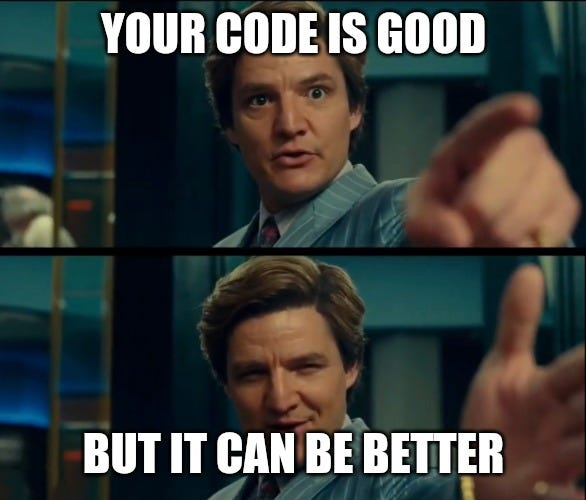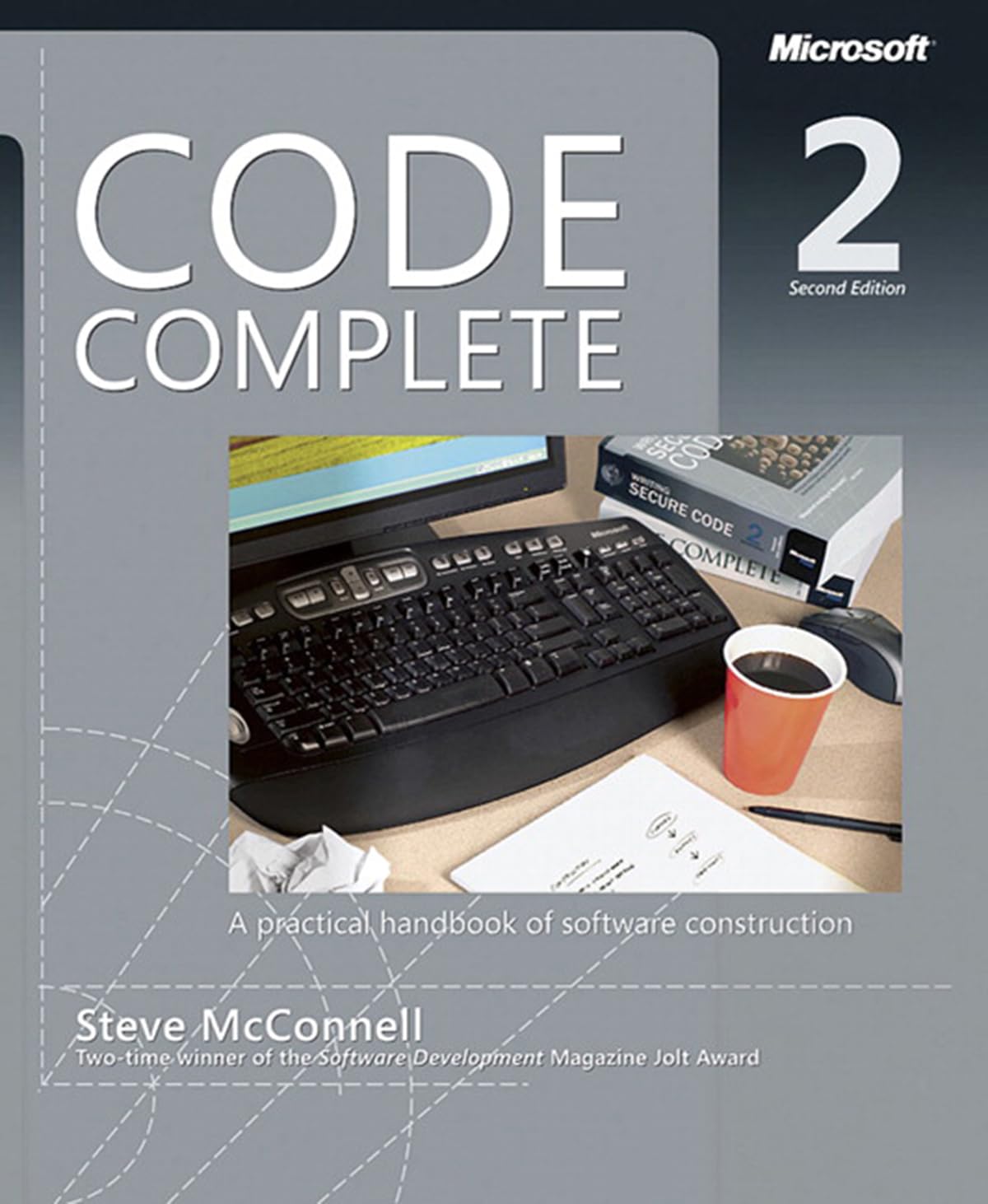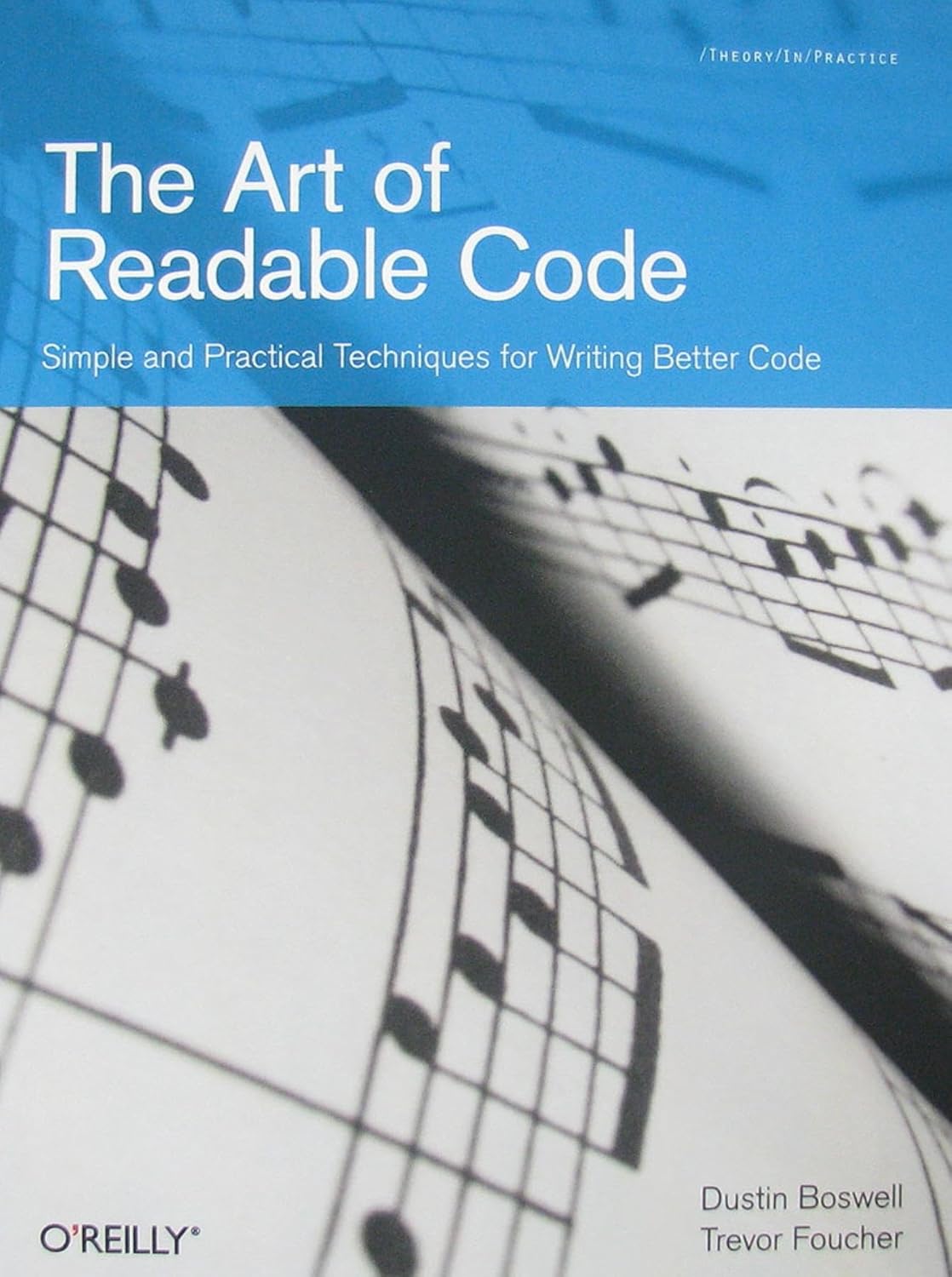Scrum and kanban are two widely used agile frameworks for managing projects. This article provides a detailed comparison of their strengths, differences, and best use cases to help teams determine the ideal method for their workflows. Both scrum and kanban focus on i
Code review: Best practices for quality software
Good code isn't written in isolation—it's born through dialogue. Collaborative code review helps not just catch bugs, but makes the product better and the team stronger. In this article, you'll learn how to transform code review into a powerful tool for growth and development quality.
Key takeaways
Good reviews are built on a culture of mutual respect, constructive feedback, and clear standards
Code reviews improve code quality and stability, minimizing errors and bugs
Automation and iterations make the review process faster, clearer, and more valuable for the entire team
introduction

Imagine that code is the foundation of your building. The stronger it is, the longer and more reliably the structure will stand.
Code review acts as a series of thorough inspections of this foundation. It helps:
- Improve code quality: This is the primary goal. An outside perspective helps identify logical errors, potential bugs, security vulnerabilities, and performance issues that the author might have missed. The result is more stable and reliable software. This is direct code quality improvement.
- Spread knowledge: When one developer reviews another's code, they're not just looking for errors—they're learning about new approaches, patterns, and project specifics. This is an invaluable way to share knowledge within the team, facilitating quick onboarding for newcomers and raising overall competence.
- Ensure consistency: Code reviews help maintain uniform coding style, structure, and architectural decisions. This is critically important for long-term project maintainability, especially when multiple people work on it.
- Strengthen teamwork: Code review is an act of collaboration, not criticism. It creates an environment where developers support each other, help grow and develop. This contributes to forming cohesive and high-performing software development teamwork.
- Reduce technical debt: Regular reviews allow identifying and fixing "poor" decisions early, preventing accumulation of technical debt that can become an insurmountable burden over time.
- Increase accountability: Knowing that your code will be reviewed by colleagues naturally motivates writing higher quality, thoughtful, and understandable code.
Review readiness
Before submitting your code for review, make sure it's ready. This saves reviewers' time and makes the process more efficient.
- Break into small parts: Don't submit massive changes covering multiple files and functions for review. The smaller and more focused the changes, the easier they are to review and understand. The optimal pull request size is 100-200 lines of changed code. If changes are larger, try breaking them into logical parts.
- Self-review: Always do your own "mini-review" before submission. Ensure the code compiles, tests pass, and logic is clear. Check formatting, indentation, variable and function names. Imagine you're the reviewer yourself.
- Comprehensive description: Provide a clear and complete description of your pull request. Explain what you did, why you did it, what problems are solved, and how this relates to overall project goals. Indicate which aspects require special attention. Links to task tracker items are mandatory.
- Remove commented/unnecessary code: Your request should contain only clean, functional code. Commented fragments or unused variables only distract and make reading difficult.
- Local testing: Ensure all automated tests (unit tests, integration) pass successfully on your local machine. If there are manual tests to conduct, describe them.
Culture and communication
Effective code review is primarily about people, and only then about code. Proper culture and communication are critically important for improving the code review process.
- Be constructive, not critical: The reviewer's goal is to help, not condemn. Focus on the code, not the author. Avoid phrases like "You made a mistake"—instead use "This can be improved" or "What if we try this?"
- Suggest solutions, not just problems: If you find a flaw, try proposing how to fix or improve it. "Instead of a for loop, it's better to use forEach here for readability" is much more productive than simply "Bad loop."
- Ask, don't command: Sometimes it's better to ask a question that nudges the author toward the right solution than directly pointing out an error. For example: "Did you consider using the Factory pattern here?"
- Stick to specifics: Comments should be clear and to the point. Avoid general phrases and unfounded statements. Provide examples, links to documentation, or coding standards.
- Mind your tone: In written communication, it's easy to misinterpret tone. Try to be polite and respectful. Use emojis or personal communication if there's risk of misunderstanding.
- Respond to comments: The code author should promptly respond to reviewer questions and comments, explaining their decisions or accepting suggested changes. Even if you disagree, explain your viewpoint.
- Say thanks: The author should thank the reviewer for time and effort spent. This strengthens positive atmosphere.
Reviewer focus
As a reviewer, you need to know what to pay attention to. Effective code review requires a systematic approach.
- Functionality: First, ensure the code does what's expected of it. Does it meet the assigned task? Does it solve the problem?
- Correctness and logic: Are there logical errors? Are edge cases handled correctly? What about errors if something goes wrong (null-pointer, division by zero)?
- Security: Are there potential vulnerabilities (SQL injections, XSS, unsafe user data processing)?
- Performance: Does the code create bottlenecks? Are there overly complex algorithms that might cause problems with large datasets?
- Readability and maintainability: Is it easy to understand what the code does? Are variables, functions, and classes well-named? Are there enough comments where necessary (but not everywhere)? Does the code follow team coding standards?
- Tests: Are unit tests present for new functionality? Do existing tests pass? Does new code add regression tests for fixed bugs?
- Code duplication: Is there introduced code that already exists elsewhere in the project?
- Architecture and design: Do changes align with overall project architecture? Does new code introduce anti-patterns?
Try to stick to a review checklist to avoid missing important points. Remember that review isn't about rewriting code your way, but finding meaningful improvements and errors.
Tools and automation
Use modern tools to automate routine aspects of code review. This allows focusing on more complex logical aspects.
1. Version control systems with PR/MR support: GitHub, GitLab, Bitbucket provide convenient interfaces for creating, viewing, and commenting on pull/merge requests. This is a centralized platform for all discussions.
2. CI/CD (Continuous Integration/Delivery): Set up automatic checks for each pull request. This includes:
- Automated tests: Unit, integration, and functional tests should run automatically.
- Code linters and formatters: Tools like ESLint, Prettier, Black, SwiftLint automatically check code for style and standards compliance and format it. This frees reviewers from checking indentation and brackets, allowing focus on logic.
- Static code analysis: Tools like SonarQube, Bandit (for Python), Semgrep identify potential bugs, vulnerabilities, and code quality issues early.
- Dependency checking: Tools for analyzing vulnerabilities in third-party libraries.
3. Pull request templates: Create standardized PR/MR templates that include mandatory fields: change description, task link, list of tests run, and questions for reviewers. This ensures authors provide all necessary information.
4. Commenting tools: Many platforms allow leaving comments directly in code, linking them to specific lines. This makes discussion more contextual.
Using these tools significantly speeds up and improves effective code review, removing routine work from developers and allowing them to focus on truly important aspects.
Iterations and learning
The code review process isn't static. It should evolve with the team and project.
- Iterative approach: Don't expect one review to make code perfect. Multiple iterations of comments and changes might be needed. This is normal. The key is striving for continuous improvement.
- Retrospectives: Regularly conduct retrospectives focused on the code review process. What works well? What can be improved? What difficulties arise? Gather feedback from all process participants.
- Learning and mentorship: Use code review as a learning tool. Junior developers can learn from more experienced ones, while experienced developers can hone their mentoring skills. If you see someone consistently making the same mistakes, additional training sessions or pair programming might be needed.
- Rule adaptation: Coding standards and review rules aren't set in stone. They should evolve as the project develops and the team grows. Don't be afraid to change them if it leads to improved efficiency and quality.
- Don't drag it out: Try to conduct reviews promptly to avoid blocking the code author's work. The longer a pull request hangs, the harder it is to integrate and the more likely conflicts become. Establish internal SLAs (service level agreements) for review time.
- Don't interrupt flow: Review is an important part of the day, but it shouldn't completely interrupt your main work. It might be worth dedicating specific hours to review or distributing them among multiple reviewers.
Interesting fact 
Development of the first UNIX version at Bell Labs in the 1970s included an early form of peer review: all code underwent manual verification and collective discussions on boards. This helped create one of the most reliable operating systems in history.
Related articles:
For a deeper understanding of productivity, study the article on boosting productivity with Kanban: tips for effective task management.
To prevent burnout, read about How to Avoid Burnout: key strategies for maintaining well-being.
For better planning, check out the What is a gantt chart? A guide to visualizing and managing project timelines.
Conclusion
Code review best practices are the cornerstone in the foundation of high-quality software development. By implementing these recommendations, you'll transform code review from routine checking into a dynamic knowledge-sharing process that leads to creating more reliable, clean, and innovative software products. Start applying these principles today, and you'll see how your code quality and team performance transform.
Recommended reading 

“Code Complete”
Comprehensive guide to writing clean, maintainable code with strong emphasis on review practices.
On Amazon
“The Art of Readable Code”
Teaches how to write code that's easy to understand and naturally suited for efficient review.
On Amazon
“Team Geek”
Focuses on human factors in software development — collaboration, communication, and review.
On Amazon






